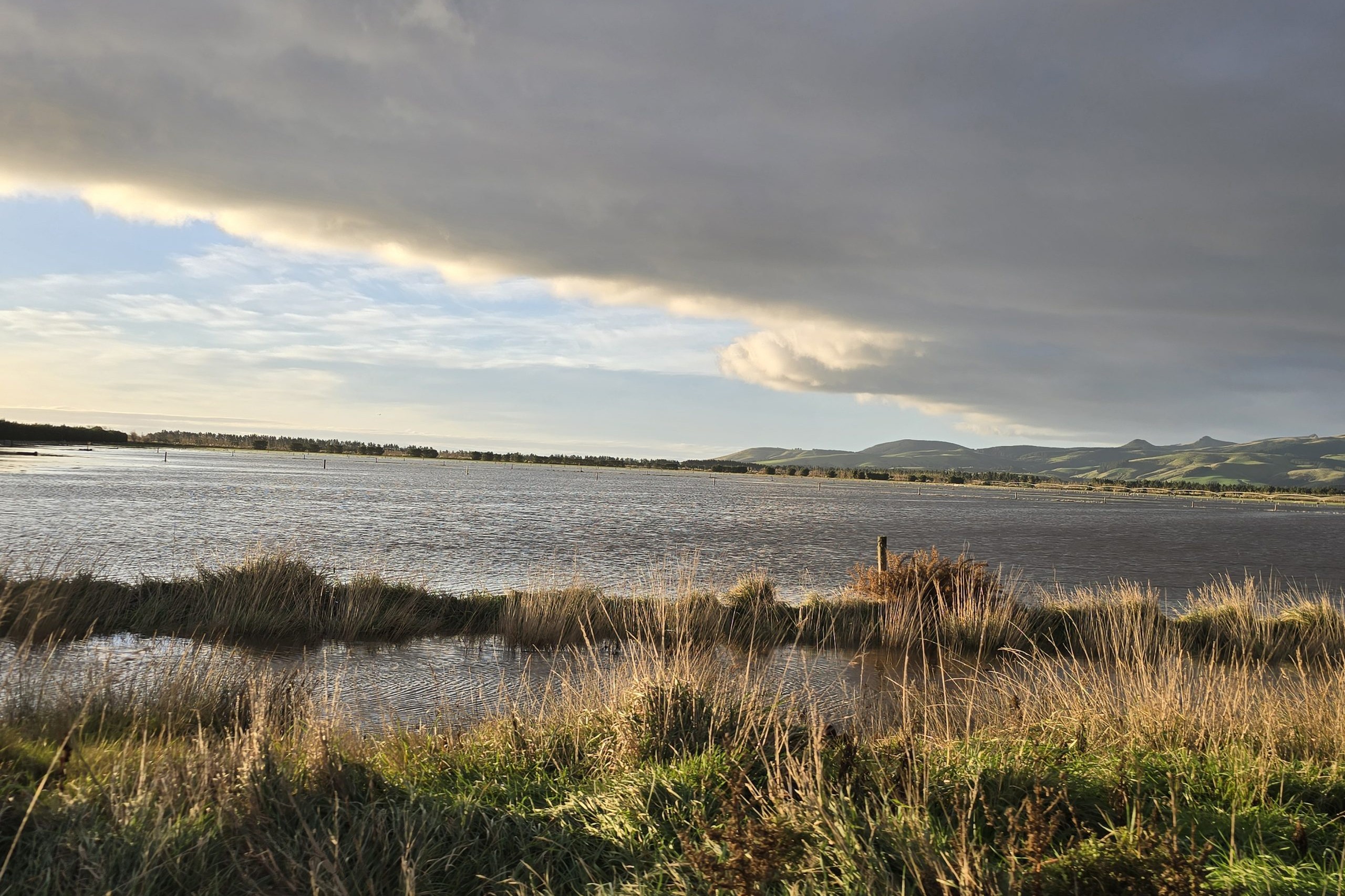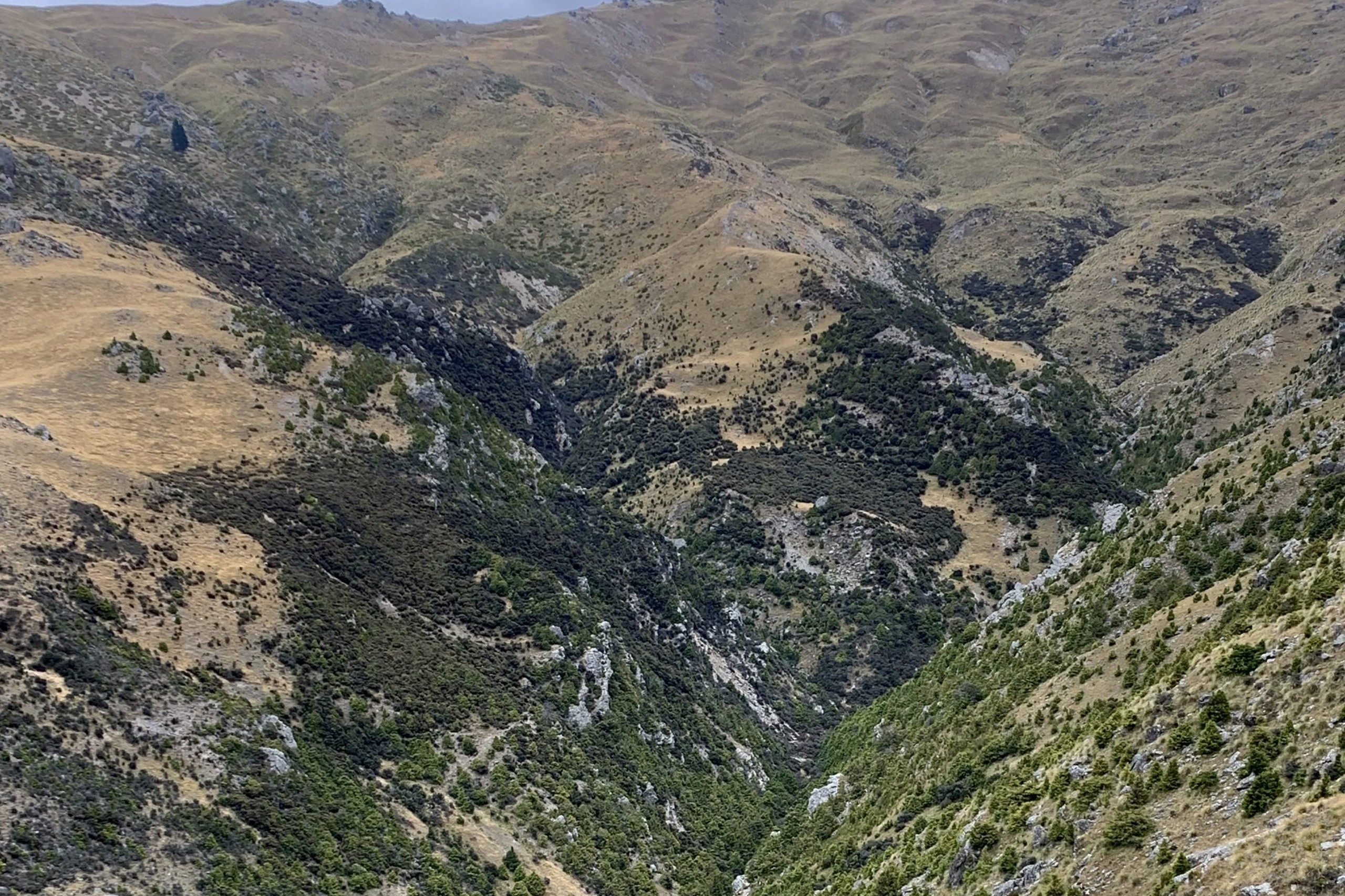One year in and the barns are working
Composting shelters have allowed the family to escape for a soak at Hanmer Springs, despite a severe weather warning, Gaye Coates writes.

Composting shelters have allowed the family to escape for a soak at Hanmer Springs, despite a severe weather warning, Gaye Coates writes.
 Unintentionally, incorporating composting shelters into our farming system has created something of a talking point.
Unintentionally, incorporating composting shelters into our farming system has created something of a talking point.
Building these shelters has not been a small project; there is no stepping away from them being an up-front response to improving our farm’s winter grazing practices. Unsurprisingly the direct questioning, mixed with some evasive scepticism all share the same purpose. Ultimately, people want to know if this is a solution that is going to work or, conversely, not work.
Looking for a solution to improve our winter grazing and environmental compliance, we wanted a focus on resilience. We wanted to respect not only our land and the wider environment, but also safeguard the wellbeing of our pastures, our cows and our people. Introducing our herd to the barns this winter for shelter and feeding noticeably reduced stress and fatigue across all of those three important areas – pasture, cows and people.
During spring, the cows calved in the barns and following this, the barns have been “on call”, providing us with flexibility to respond to climate and weather events and to cow demands. After 12 months using the barns, cows are in good condition and definitely damage to pasture because of inclement weather has been averted.
While we haven’t achieved quite the peak milk production we had aimed for, the usual phenomenon of that high point dropping rapidly away has not happened, and production has remained stable. Lameness is significantly less, the result we believe of the extra space and kinder surface of the feed area. There has been no acceleration of mastitis and the somatic cell count remains at 100,000.
Inadvertently, there is a personal sense of security in having these dominant structures onfarm. Usually a forecast hinting at significant rain would quash any thoughts of snatching some time away. Last week a dumping of 300mm was forecast, the barns were scheduled into the grazing plan and we escaped worry-free for some “soak and hold” in Hanmer. So, while there is a sense of realism that these are early days, the barns are absolutely working in our farming system.
Have our farming priorities changed? One of the first concerns was whether our milk could still be marketed within the framework of grass-fed? We have always been, and continue to be, a pasture-based farm with an emphasis on cow condition, production second. Our farming system has not shifted from those priorities. The barns are a resource that allows us to better use both the pasture grown onfarm and the supplements required to fill the deficits. We are in a position with the barns to balance without compromise both pasture and cow health.
Have our farming practices changed? Again we were challenged by suggestions that introducing a barn into our farming system would result in us indiscriminately and excessively feeding our cows. Removing our traditional reliance on annual forage crops to meet feed demand in winter has been the major change in our farming practices.
Being precise with our feed budgeting and understanding cow feed demands remains unchanged.
Have there been challenges? The timing of a one in 100-year storm just before calving saw the roofs damaged on both sheds, allowing significant rain into the barns. The success or not of the composting bed pack is reliant on a few crucial factors, one being the elimination of water from the stack.
At the time, it was demoralising to watch a dry, warm bed transform to a less than optimal, cool quagmire. But with adversity, there is inevitably learning and we now have confidence in what it takes to reasonably quickly re-establish the composting action. We also have some assurance in knowing from experience that lack of perfection does not compromise the overall benefits.
One year in and there is still a lot to learn; 12 months really only amounts to novice experience. However, the barns definitely are feeling like the right fit for our farm. But, we are calf-length 4×4 gumboot wearers, while many others out there are ankle-high Red Band enthusiasts. And, just like any good gumboot, it’s what fits for purpose for the individual and is comfortable to wear that is most important in the consideration of whether a solution is working or not.




